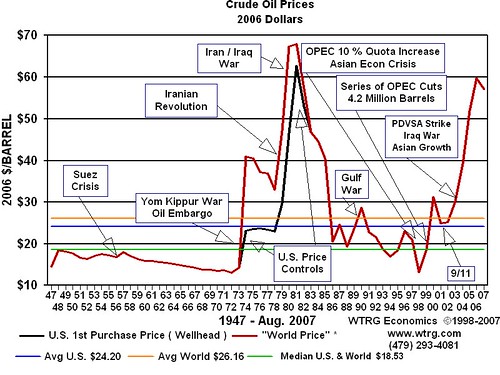Shandong crude stocks reached record levels in March, amid increased US sanctions.
Vortexa reported that this was because Chinese teapot refiners increased their imports, despite US sanctions.
In March, China’s imports of crude oil by sea, mainly due to the arrival of record Iranian crude in the Shandong area, reached 10,6 million barrels a day, which is the highest since October 2023.
According to Ship-tracking Intelligence, refiners have increased their crude oil stocks in response to fears that US sanctions on Iran-related tankers may disrupt Iranian crude flow.
China imported 1.8 million barrels of crude oil per day in March. This was a record.
Vortexa estimates show that Shandong Province accounted for more than 1.5 million barrels of oil per day, which is a near 50% increase over the average in 2024.
Onshore inventories rise sharply
In March, Shandong onshore crude stocks experienced the fastest monthly increase in their history. They increased by more than 20 million barrels. The increase in Iranian crude oil imports is closely related to this surge.
Emma Li, Senior Market Analyst at Vortexa said that the current inventory levels had strengthened Shandong’s bargaining strength, which allowed them to reduce their stockpiling, and ask for steeper discounts on upcoming deliveries.
The demand for feedstock at discounted prices remains strong despite the likely slowdown in inbound flows. This is due to improved margins domestically in April when oil benchmark prices plummeted.
Estimates showed that the amount of Iranian crude oil floating in the South China Sea dropped from 33,000,000 barrels to 30,000,000 barrels by the end of the month.
Iran’s export rate of nearly 1.8 million barrels a day, a record for the past seven years, in March indicates that it moved swiftly to export barrels towards Asia ahead of any potential disruptions.
Russian Arctic crude eyes Shandong
Vortexa’s data shows that China imported 1.3 million barrels of Russian crude per day by sea in March. This is the same as 2024.
The recovery in the Far East was driven primarily by an increase of grades that reached a new 12-month-high.
The increase in prices was due to the fact that buyers purchased discounted Sokol Blend and Sakhalin Blend cargoes which had been lying unused since January or February.
The gains made by these tankers compensated the decrease in long-haul Urals crude and Arctic crude imports, which was limited due to a lack of sanction-free tanks following US sanctions on January 10.
Li says that Russian Arctic crude oil shipped by sanctioned tankers has begun arriving in South China Sea after January 10.
The shipments were sent to teapot refiners, who had significantly reduced their long-haul Russian barrel purchases since 2024.
VLCCs spotted in Shandong
The VLCC was spotted transporting Russian Arctic crude from Shandong to China. This VLCC had previously been involved in Iranian Ship-to-Ship (STS).
Two STS transfers were used to load crude oil onto the VLCC.
Li says:
The price of Iranian crude is higher than that offered by Russian barrels, which would appeal to teapots who are sensitive about prices.
Vortexa reports that approximately 20 million barrels (or a third of the total) of Russian Arctic crude are being sent to China to satisfy Chinese demand.
Li said that the increasing surplus in sanctioned oil is expected to increase competition, and could encourage new dark-fleet entrants into the South China Sea to participate in STS transfer.
As new information becomes available, this post China defies US sanction with surge in Iranian oil imports while Shandong stock reaches record highs could be updated.
This site is for entertainment only. Click here to read more




